Date: 29.2. – 6.3. 2020
Team: Tomáš Dino Holer, Vojtěch Víta (Zoo Praha), Daniel Koleška (Zoopark Zájezd), Petr Hammerschmied (ReptiPlanet)
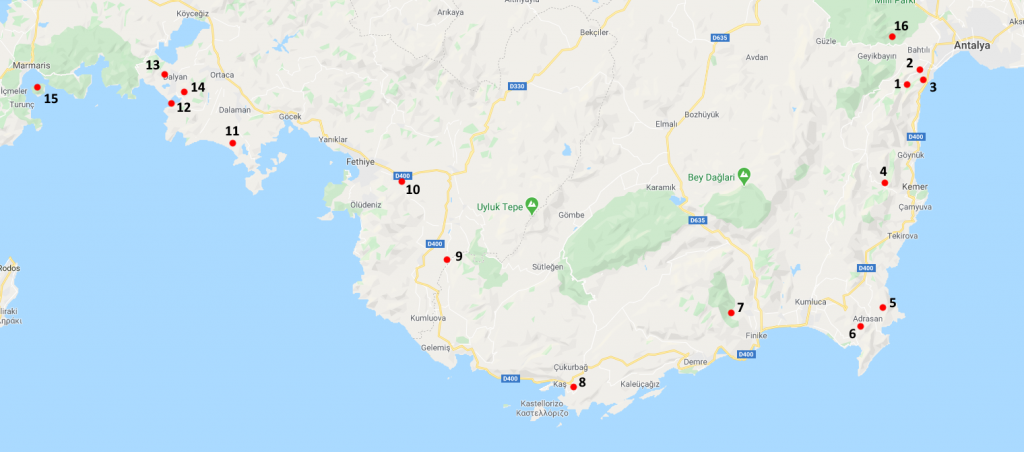
Vojta and I have been thinking for a long time about an expedition to Turkey to the beautiful salamanders of the genus Lyciasalamandra, which are unique in living in a seemingly inhospitable landscape for salamanders, species diversity in a small area and especially a special tuberculate on the basis of the males tails. Finally, our friends Dan Koleška and Petr Hammerschmied from ReptiPlanet joined our trip, to whom we are grateful for sponsoring the expedition!
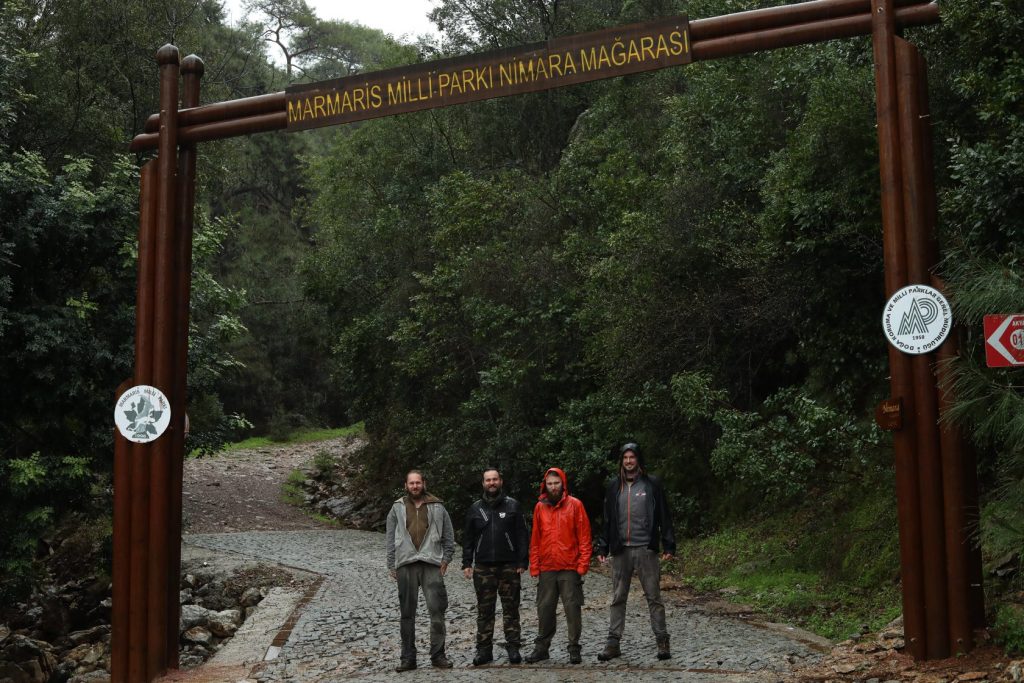
Photo: Vojtěch Víta
The journey from Prague via Istanbul to Antalya went smoothly. At airports here and there, one met a group of “respirates,” as Dan named people with masks and respirators. The COVID-19 pandemic was approaching, and at that time we had no idea how lucky we were with choosing the date of our expedition. Shortly after our return, the borders were closed.
Upon arrival, we had a minor problem with finding our car rental, but everything was finally resolved. It was quite rainy and windy. When we asked the rental staff if the weather in Antalya is regularly like this, he replied, “Today rain and wind, tomorrow maybe not.” After handing over the car, we were not lazy and immediately went for the first type of salamander, which can be found just a few minutes drive outside the city. Before the trip, I searched the various publications and finding databases for the exact locations for each salamander subspecies, so we knew exactly where to go. We arrived in first place after dark. It stopped raining, but a very strong wind was still blowing. We put on our headlights and, driven by the desire for salamanders, set off to the side of a pine forest. The first salamander (Lyciasalamandra billae billae) did not wait long to show. The salamanders looked nice in the photos, but seeing this animal with your own eyes in its natural environment is an absolutely incomparable experience. At night, we took very poor photos, salamanders were very active, still moving and did not stay in one place for a while. In addition, we were on the windward side of the hill and the wind was blowing so strong that broken pine branches fell around us. In the end, we decided to move to another location and return in the morning.
The second site was a small fragment of a pine forest on a slope by the road from Antalya. Here, too, we were successful relatively quickly and found several young salamanders (Lyciasalamandra antalyana antalyana). It was quite late night, so we decided to find a suitable place to sleep. Due to the presence of stray dogs, we finally preferred to set up tents.
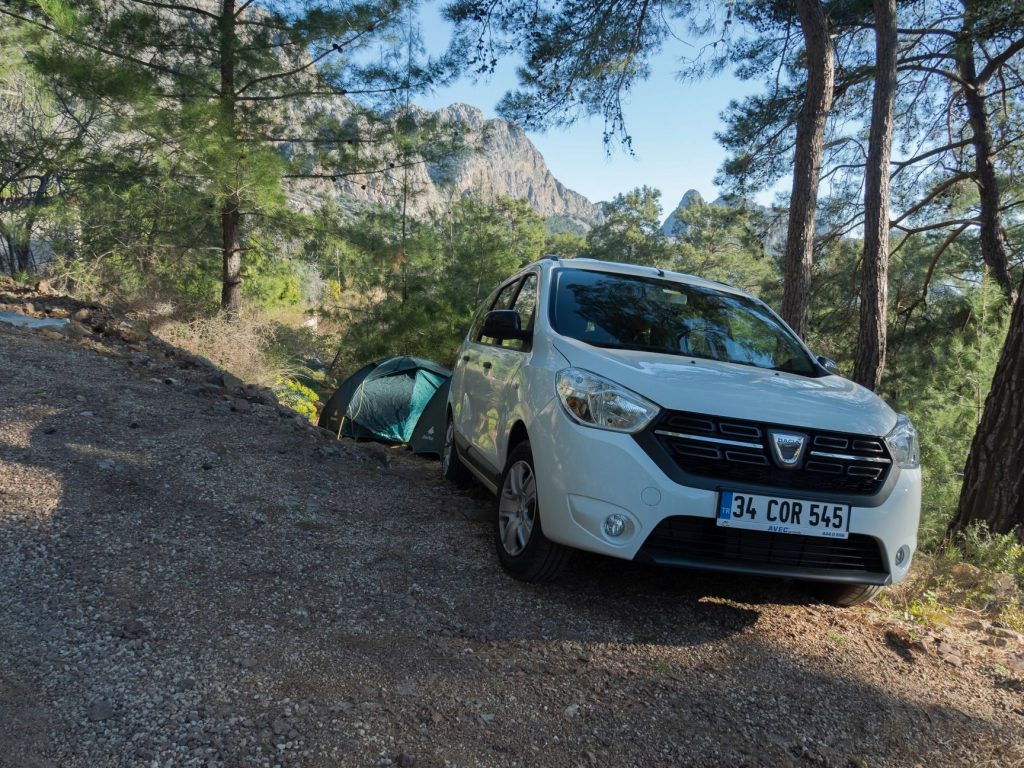
Photo: Petr Hammerschmeid
In the morning we first returned to the site of l.a.antalyana to take a few photos during the day. In addition to salamanders, we also found the first reptile here, which was the Turkish worm lizard (Blanus strauchi). Worm lizards are strange-looking creatures living mainly underground and belong to the group of amphisbaenians. We also came across small and elusive skinks of the species Ablepharus budaki anatolicus.
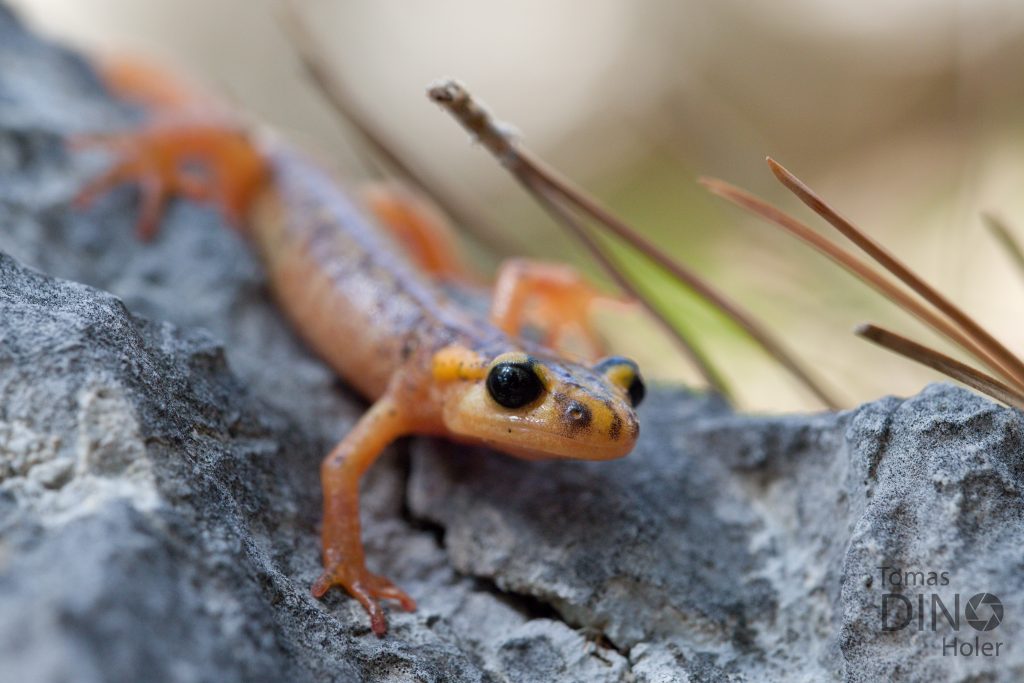
Photo: Tomáš Dino Holer
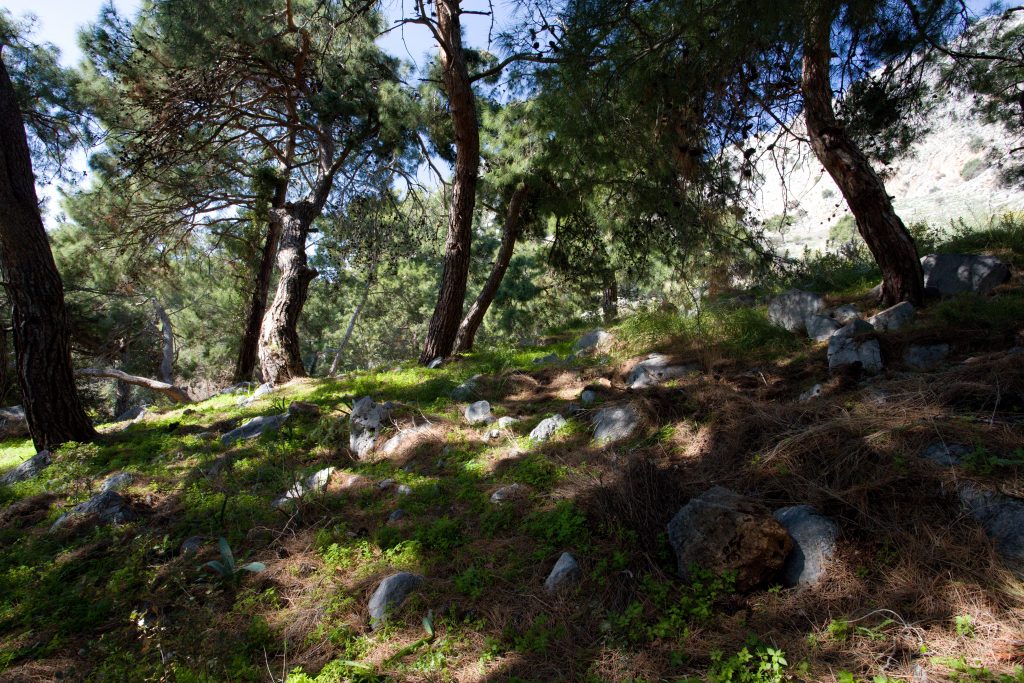
Photo: Tomáš Dino Holer
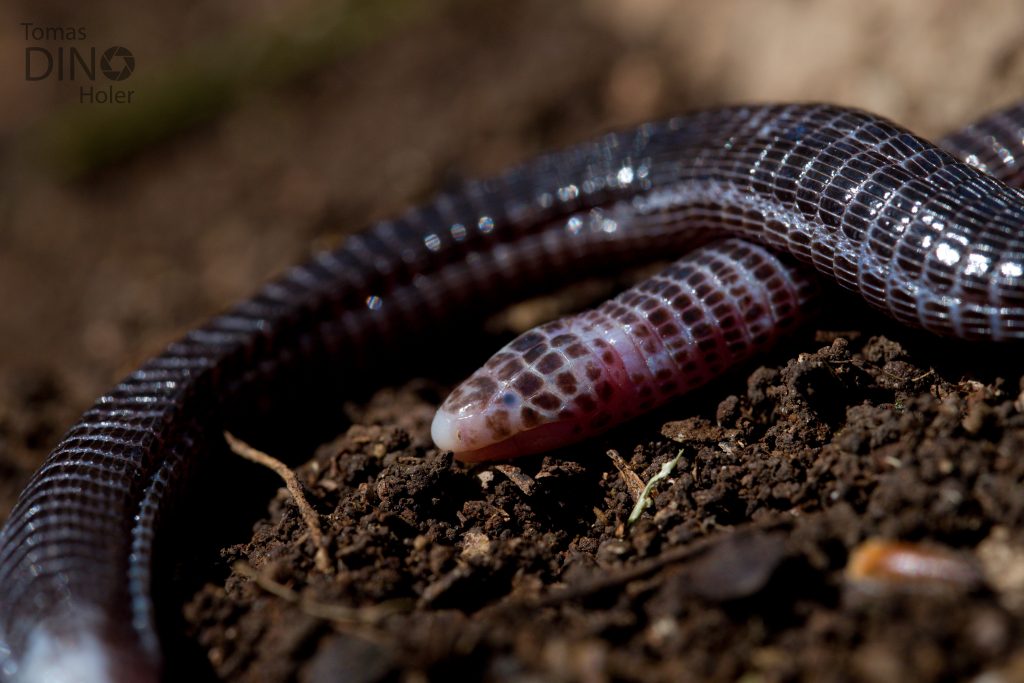
Photo: Tomáš Holer
When moving to the locality of l. b. billae, we stopped at a small river, where we observed a relatively large number of sunbathing turtles (Mauremys rivulata). We also heard the croaking of green frogs of the species Pelophylax caralitanus. Agama hardún (Stellagama stellio) was basking on a stone by the road.
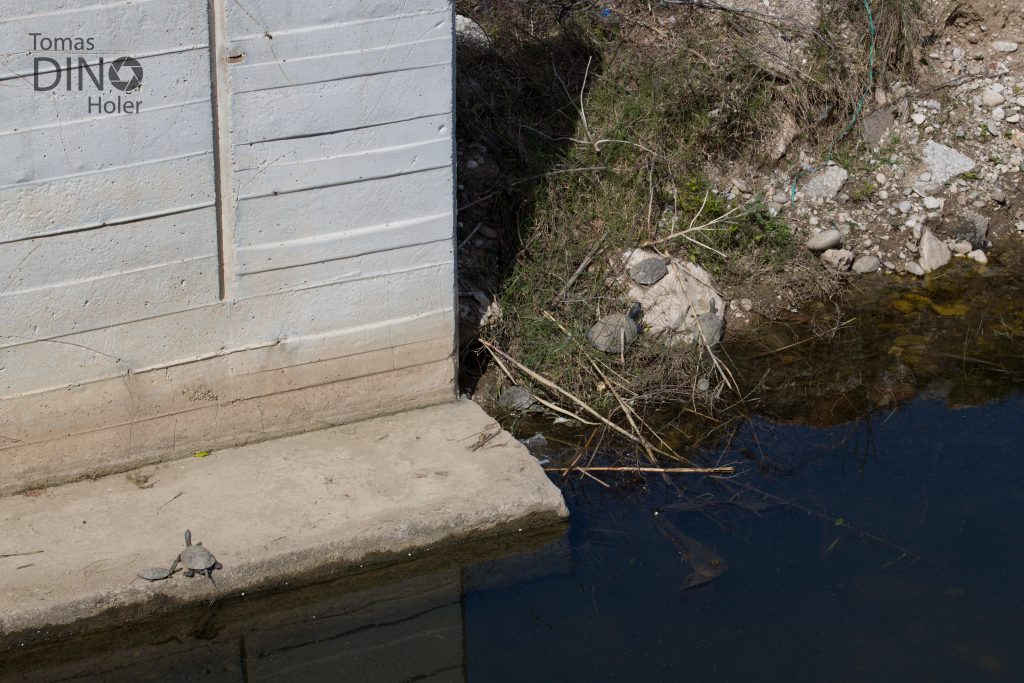
After returning to the very first locality, we discovered several individuals of L. b. billae and one individual of L. a. antalyana, which proves that today some species of turkey salamanders of the genus Lyciasalamandra live sympathetically in one locality. In addition to salamanders, we also observed a snake eyed lizard (Ophisops elegans) and a Rhodes lizard (Lacerta diplochondrodes). Vojta also saw a snake, which quickly disappeared into the bushes. It was probably a Dolichophis sp.
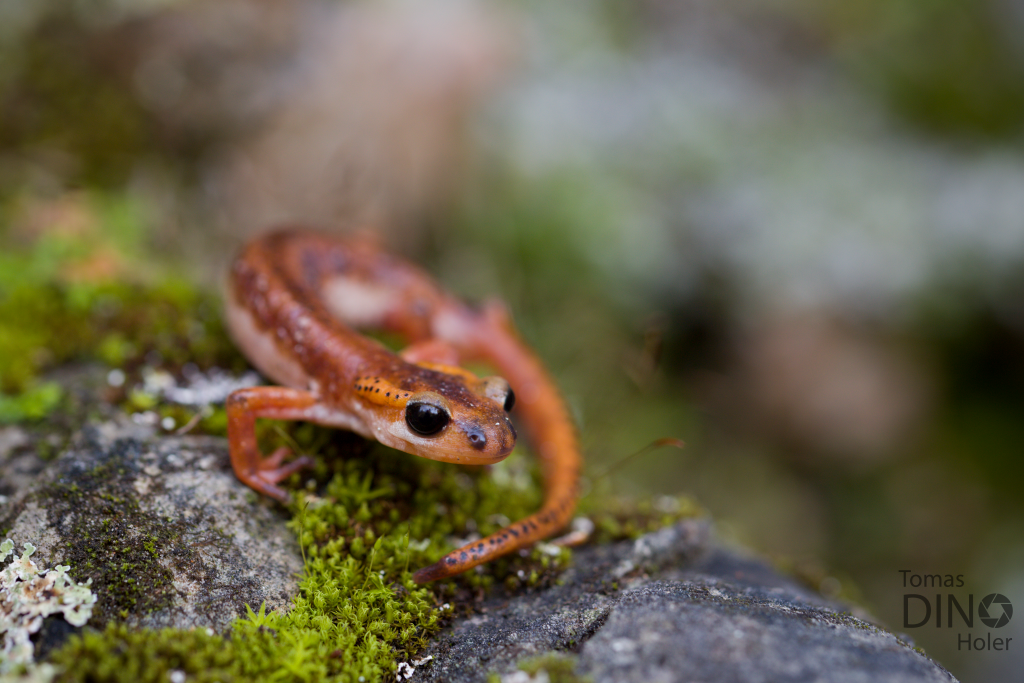
Photo: Tomáš Dino Holer

Photo: Tomáš Dino Holer
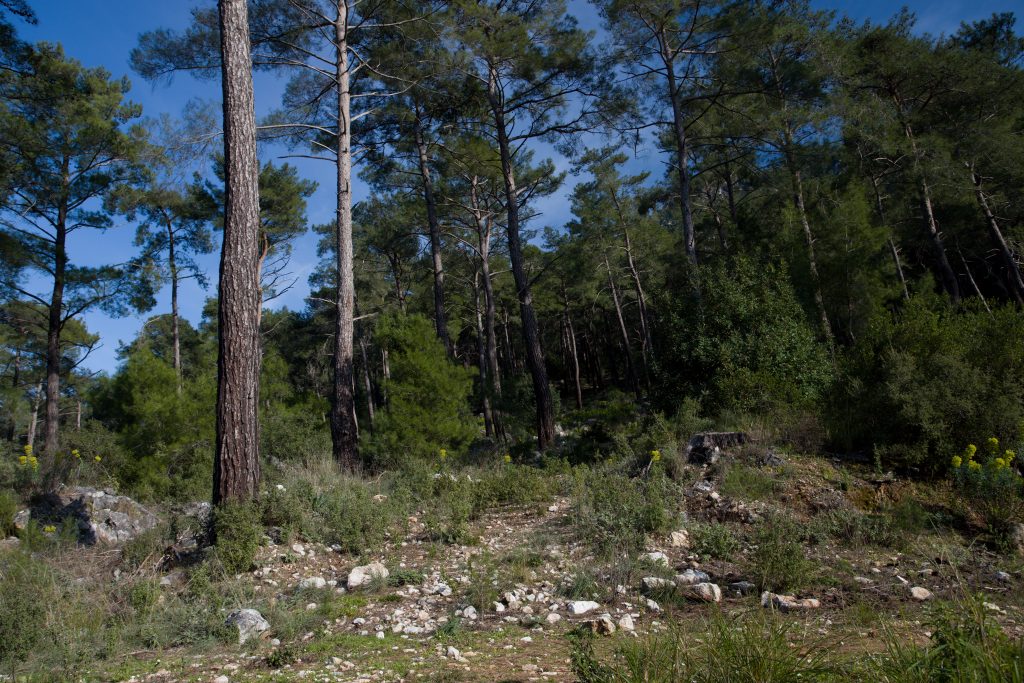
Photo: Tomáš Dino Holer
Our next target was the species lyciasalamandra irfani (formerly subspecies billae irfani). It is located only in a small valley, located in a national park. We were expelled from this park by some guy, saying that it is not allowed to take photos and videos in the park, so unfortunately we did not have a chance to observe this species.

Photo: Tomáš Dino Holer
Unfortunately, another failure awaited us at another locality, when we searched in vain for another species – lyciasalamandra basoglui. We found here only a juvenile individual of the frog species pelophylax cerigensis.

Photo: Tomáš Dino Holer
After dark, we arrived at another selected location. Since it was no longer raining from the first day, the salamanders were not very active and we had no choice but to start with the classic herpetological method – turning the stones. Which later proved to be a very successful method. The first finding was a lizard from a complex of the species (Anatololacerta budaki). The Turkish gecko (Hemidactylus turcicus), which was also found sleeping under a rock, was not active at night at low temperatures. It didn’t take long and we also found the goal of this locality – salamander lyciasalamandra arikani.
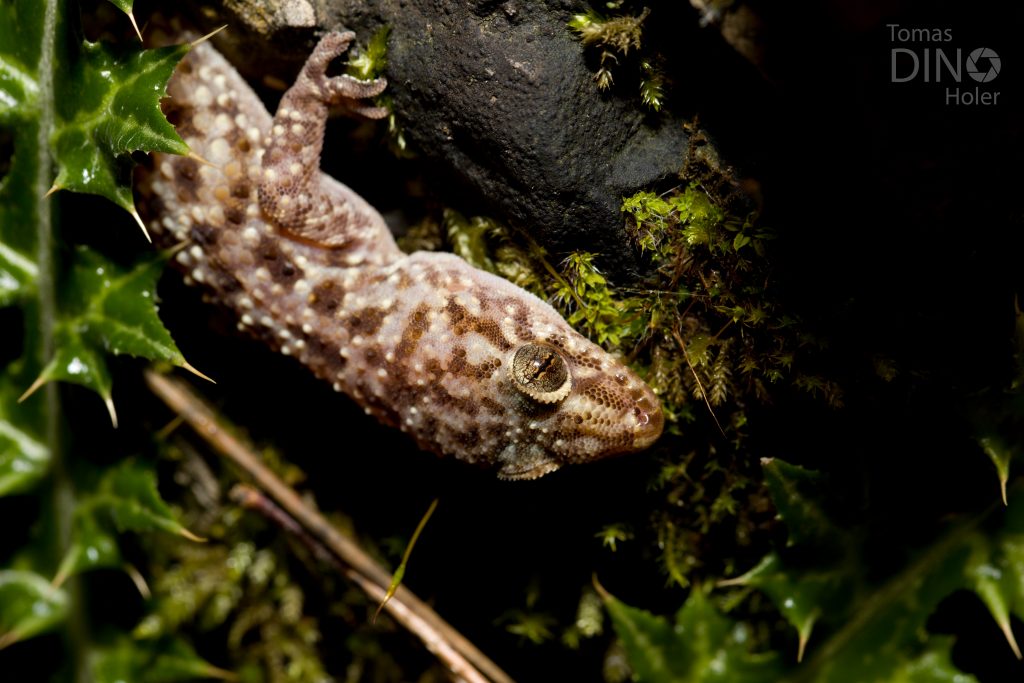
Photo: Tomáš Dino Holer

Photo: Tomáš Dino Holer

Photo: Tomáš Dino Holer
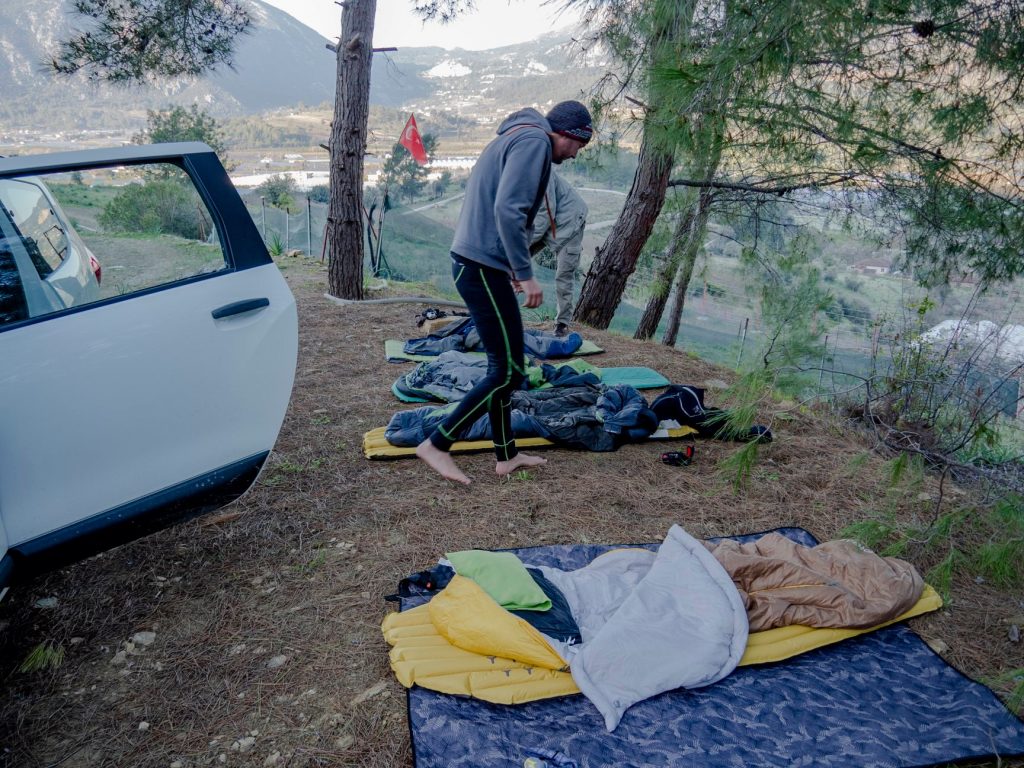
Photo: Petr Hammerschmied
In the morning, we started with tea at a local snack bar, where an older male company met for tea and board games. On the way we stopped at a promising looking valley, where we finally discovered several nicely colored individuals of lizards from the complex anatololacerta budaki formerly described as a subspecies oertzeni.

Photo: Tomáš Dino Holer
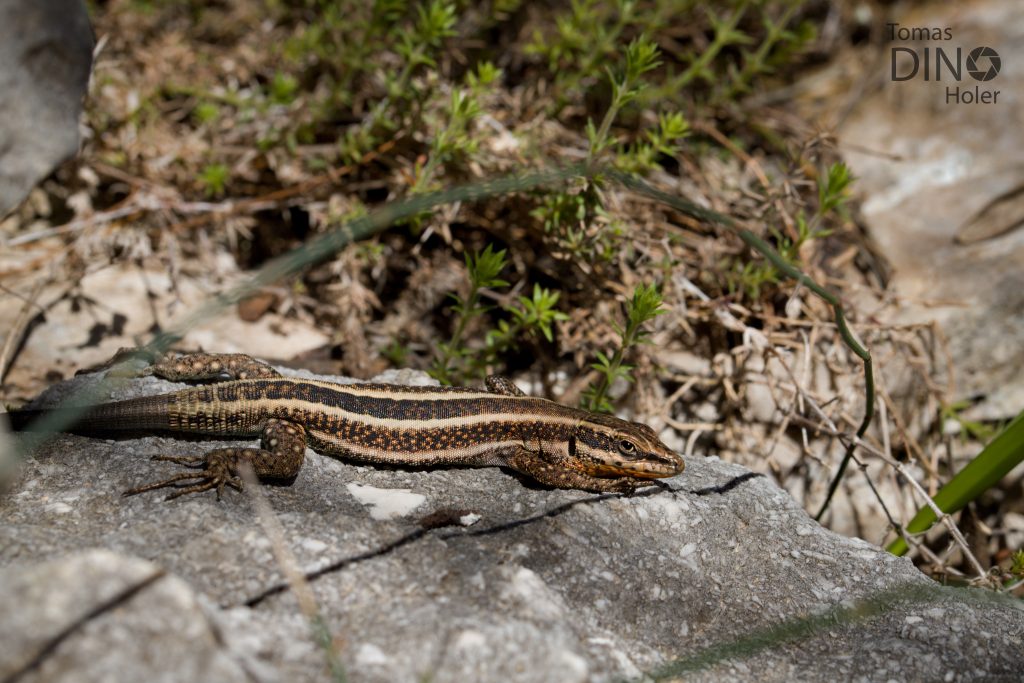
Photo: Tomáš Dino Holer
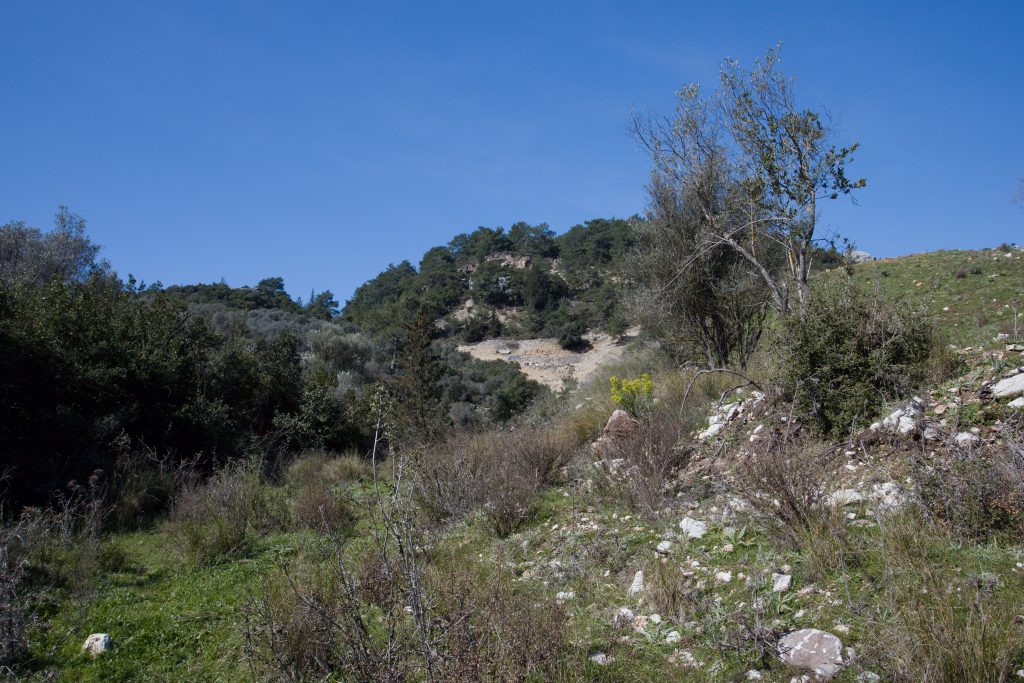
Photo: Tomáš Dino Holer
Another species of salamander – lyciasalamandra luschani finikensis inhabits, among other localities, the northeast-oriented gorge, which from an aerial point of view resembles the shape of a scallop. The salamanders occur here at a relatively high altitude above 700 m.n.m. Within a while, we discovered a moist microhabitat where we found several individuals of the target species and also a few other but completely differently colored individuals of anatololacerta budaki.
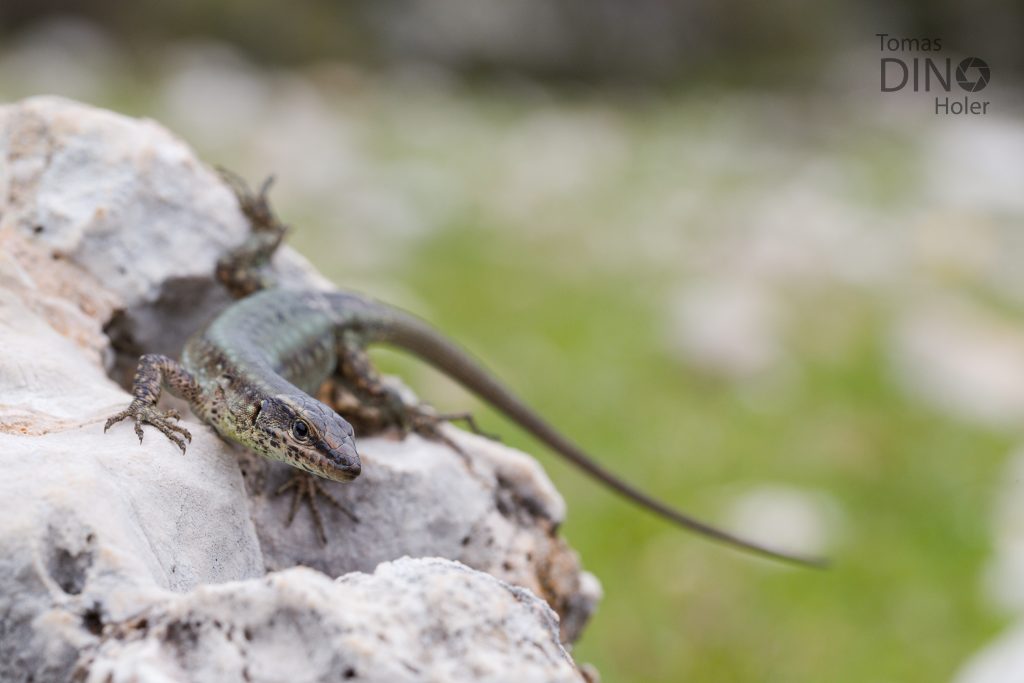
Photo: Tomáš Dino Holer
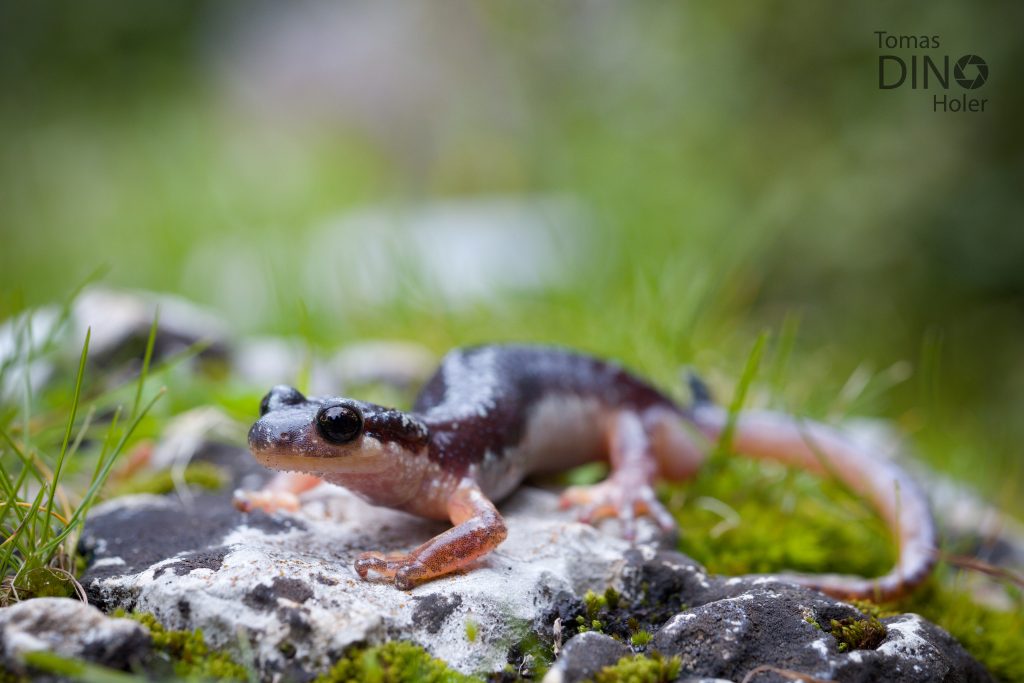
Photo: Tomáš Dino Holer

Photo: Tomáš Dino Holer
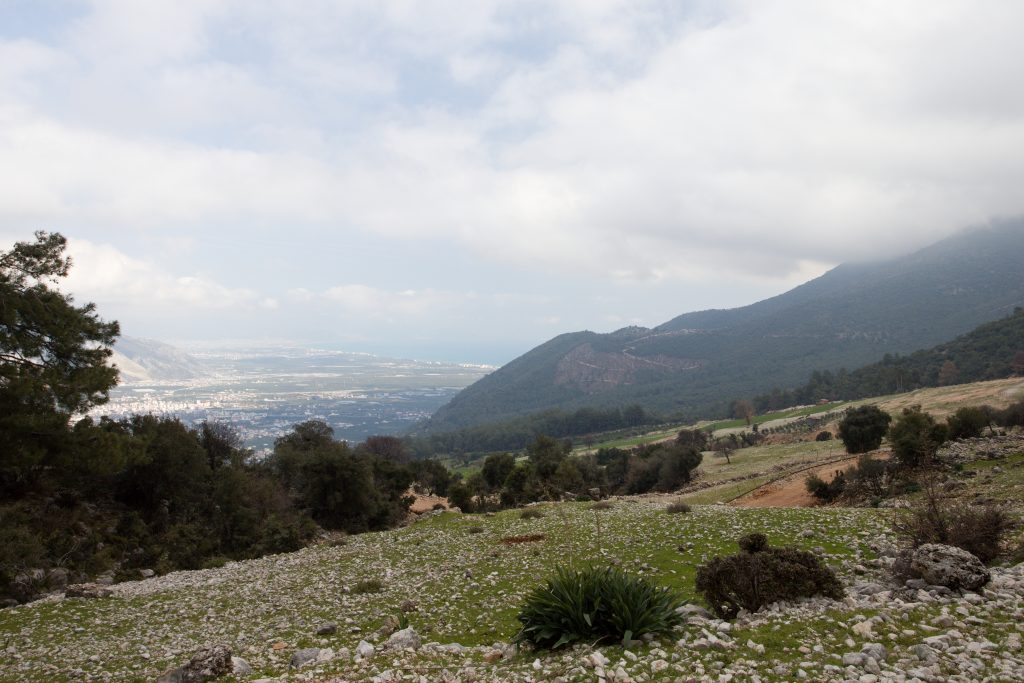
Photo: Tomáš Dino Holer

Photo: Tomáš Dino Holer
In the evening we stopped at a place where vipers were found in the past, but we searched for them in vain. Dan made arrangements with the local goat keeper, but in the end we didn’t find the snakes. We came across only two tortoises (Testudo graeca).
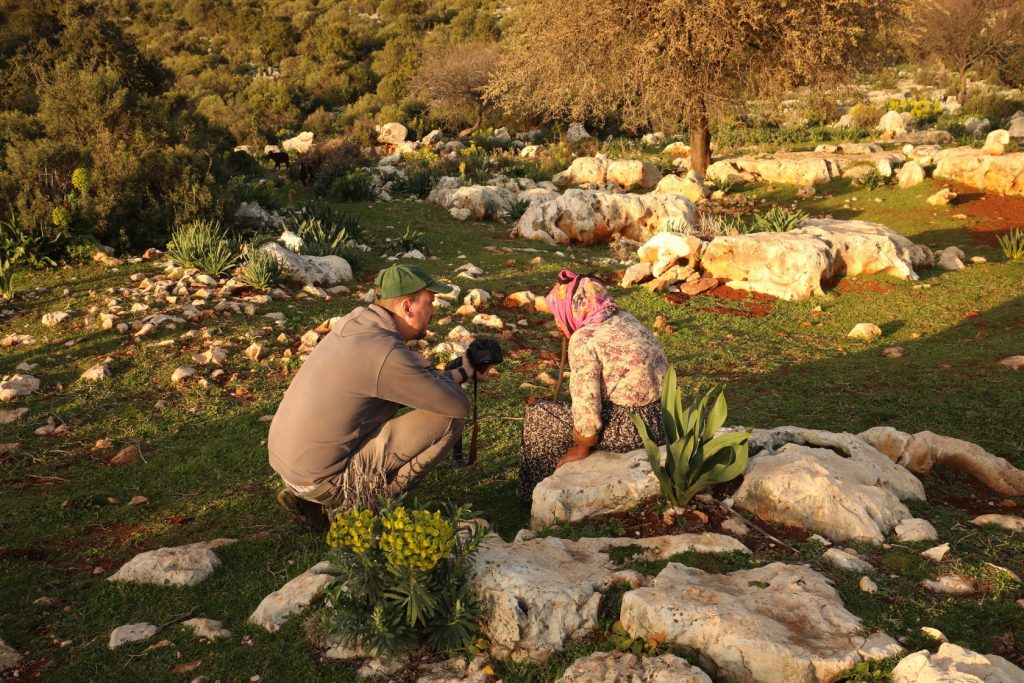
Dan consults the local reptiles with the local goat keepr
Photo: Vojtěch Víta
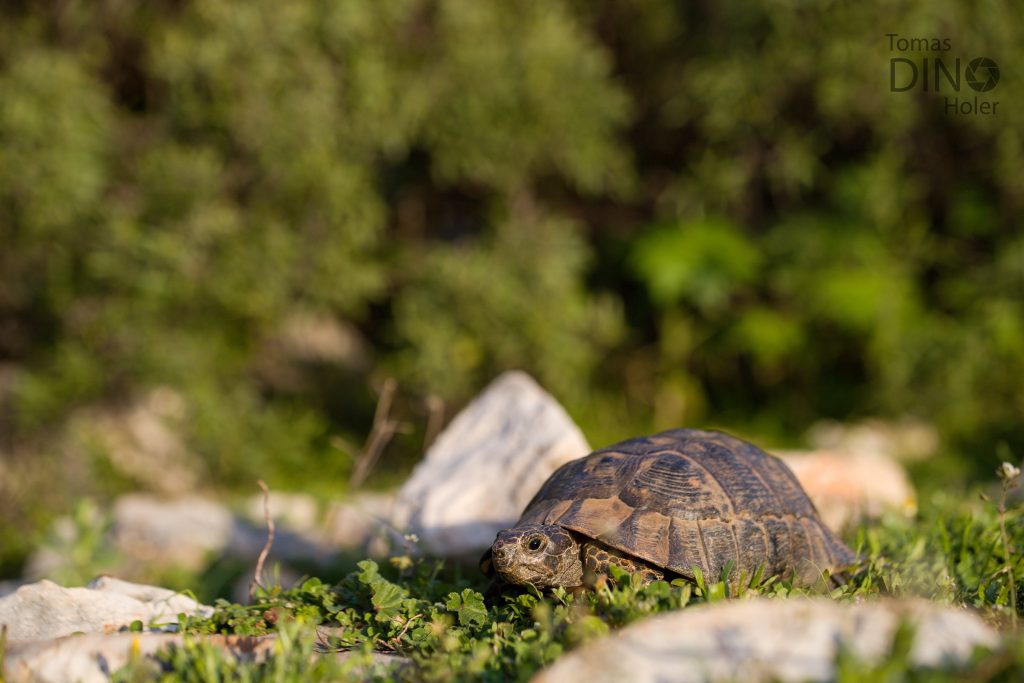
Photo: Tomáš Dino Holer
After dark, we arrived at the campsite, which we looked up on the map. However, it was closed, so we only watched a few pelophylax bedriagae and an eastern tree frog (Hyla orientalis) in a local pool full of garbage, and we also rescued a goose stuck in a mesh. We needed to recharge our photo and relax a bit, so we spent the next night in a hotel in Fethyie.
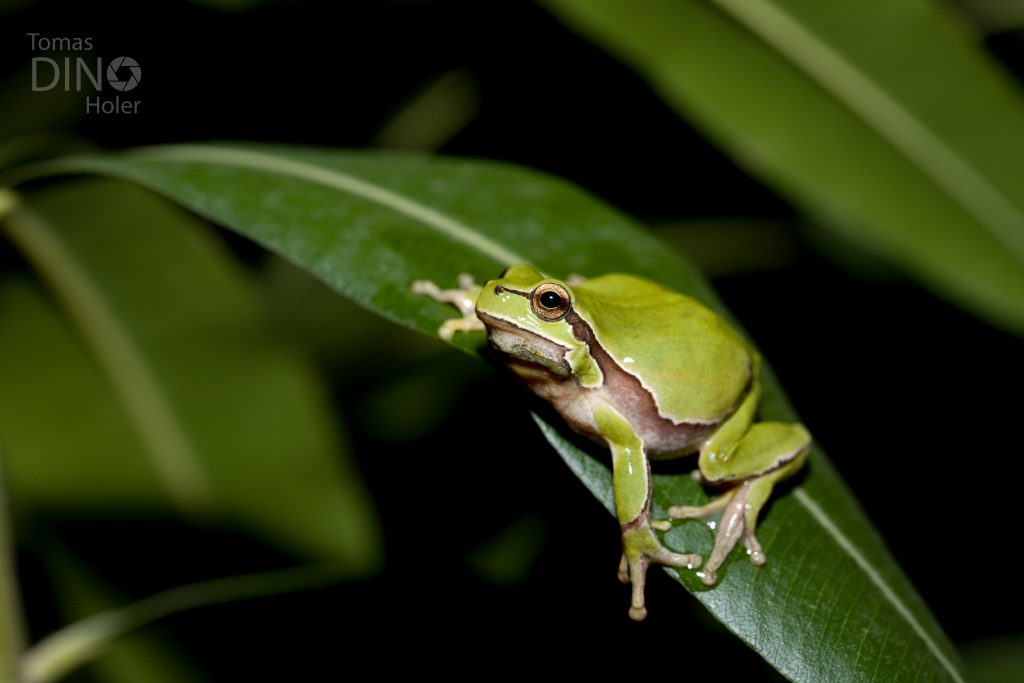
Photo: Tomáš Dino Holer
The next day we set out to search for the nominal subspecies of salamander lyciasalamandra luschani luschani. Immediately after getting out of the car, we found a skink of the species heremites auratus. There were relatively high numbers of Ophisops elegans, Ablepharus kitaibeli, Testudo graeca and Stellagama stellio. We also came across a few individuals of Rhodes lizards (Lacerta diplochondrodes) and finally our target salamanders.
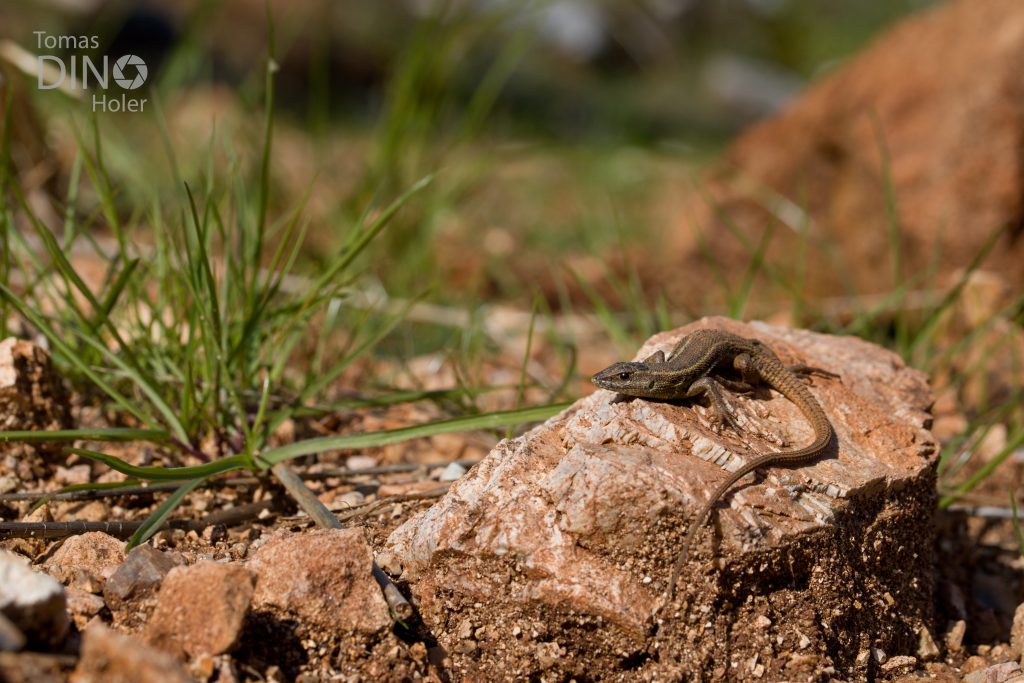
Photo: Tomáš Dino Holer
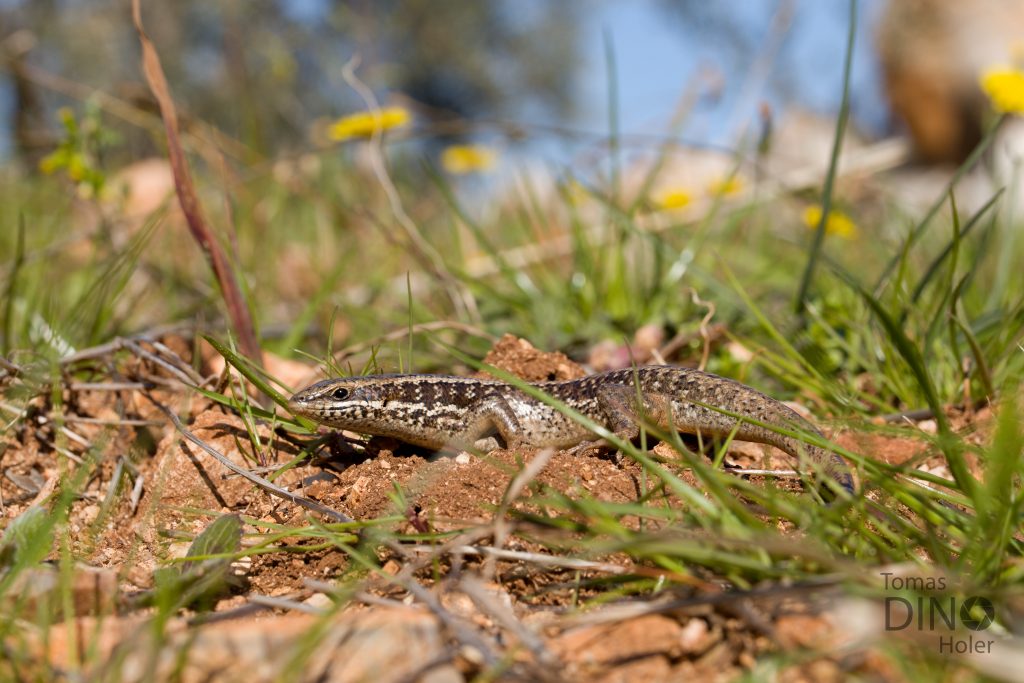
Photo: Tomáš Dino Holer
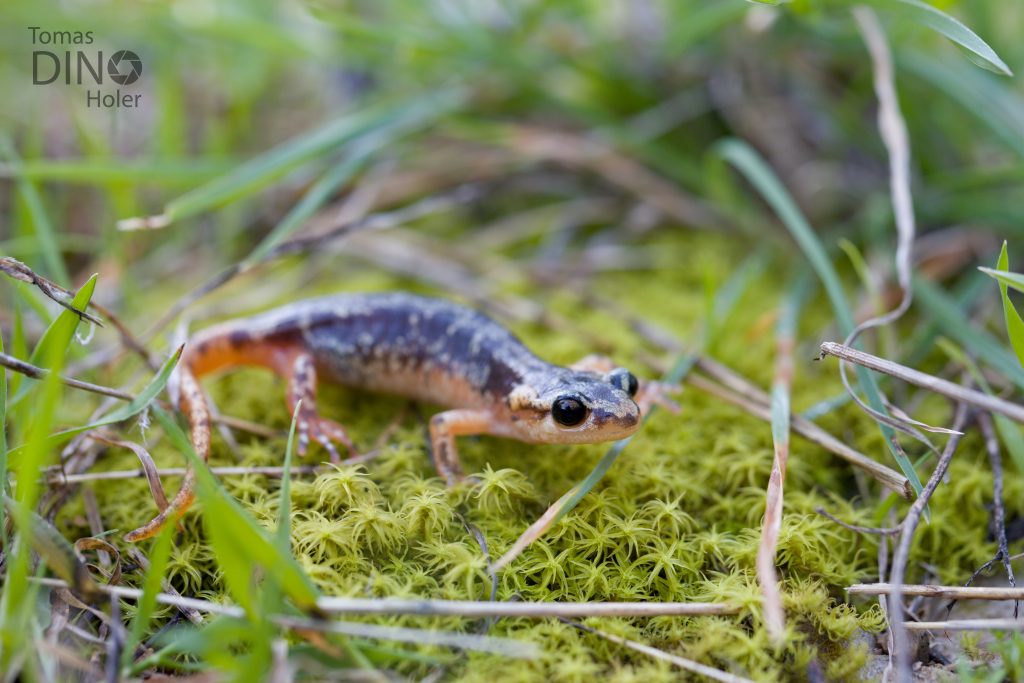
Photo: Tomáš Dino Holer
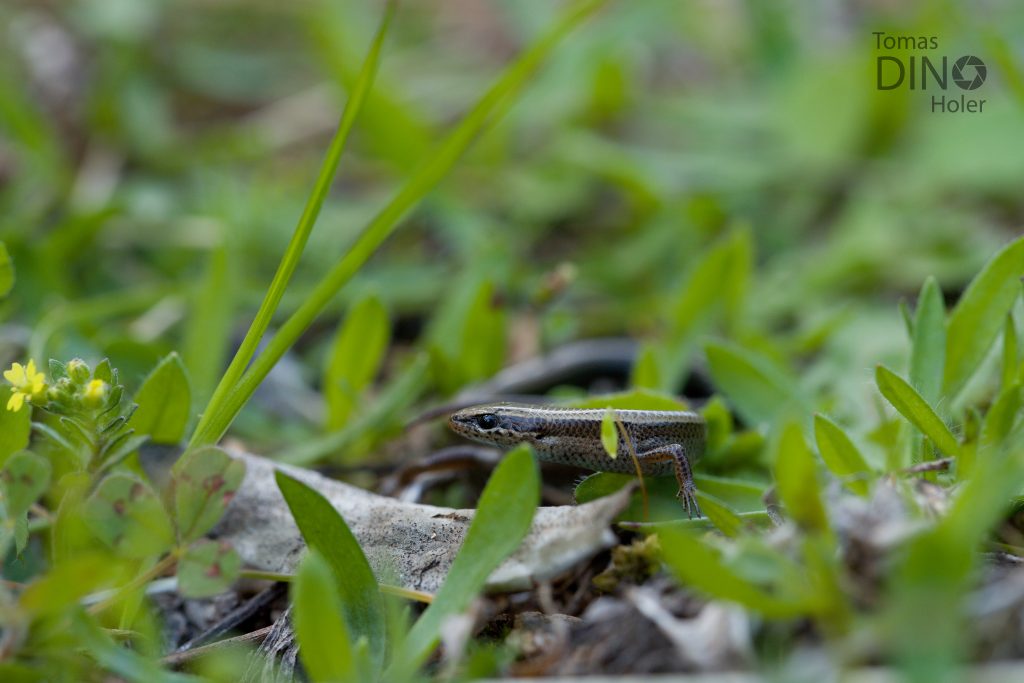
Photo: Tomáš Dino Holer
In addition to salamanders, we also wanted to see water turtles – African leatherbacks (Trionyx triunguis). We therefore went to a shallow lake near the sea, where we were lucky enough to observe a large number of adults, some of whom reached the size of the carapace, estimated at over 60 cm.
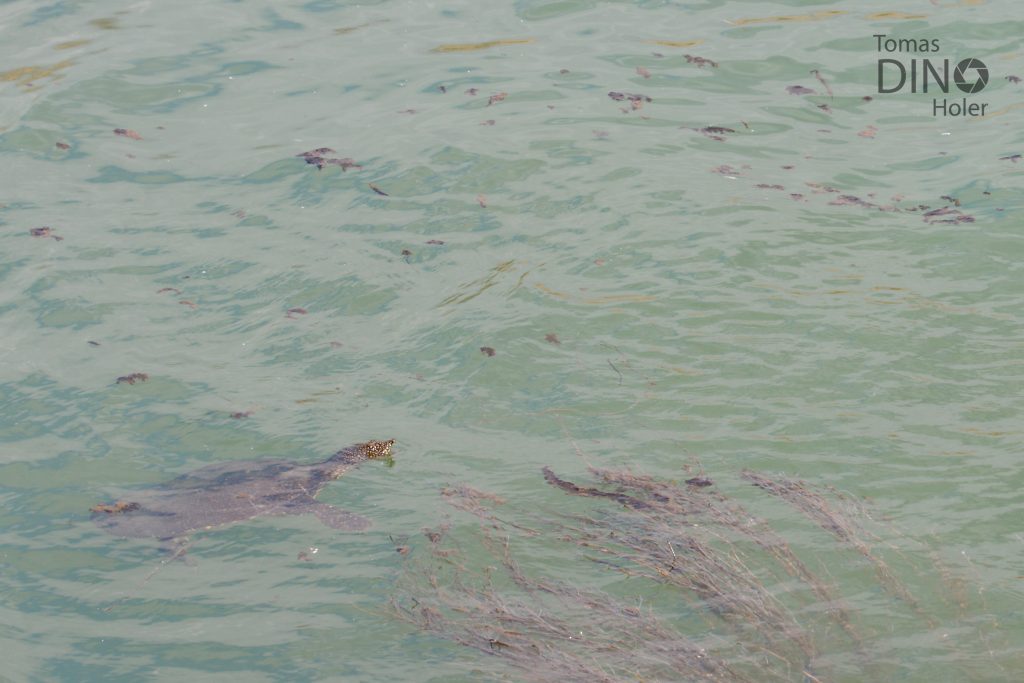
Photo: Tomáš Dino Holer
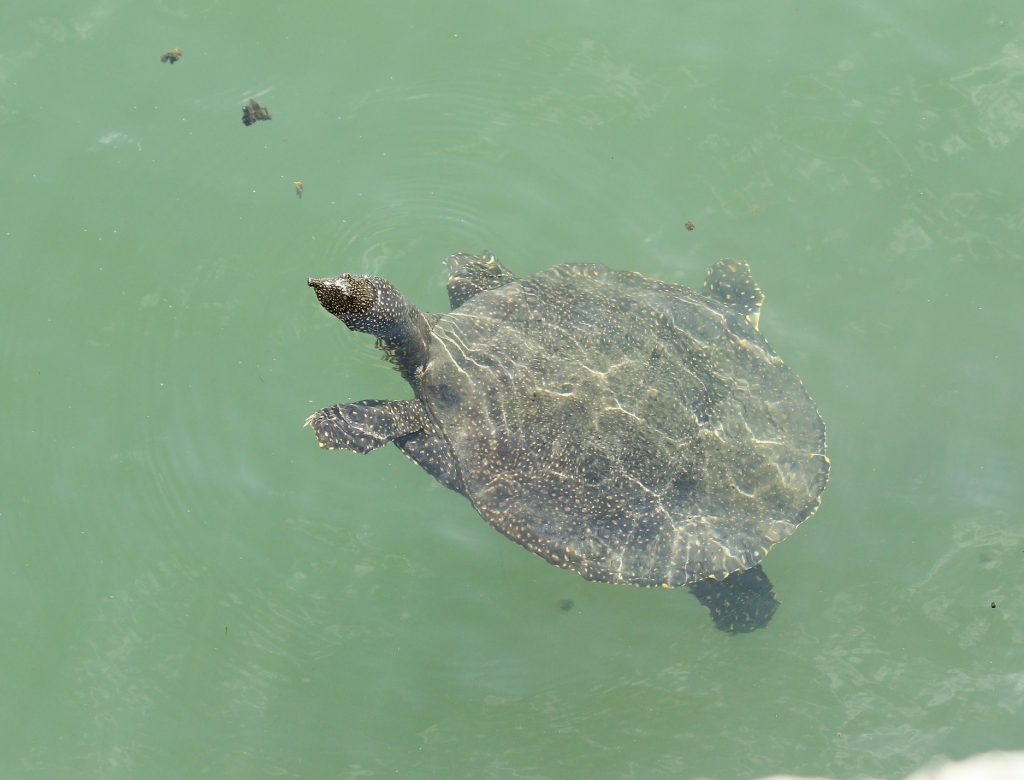
Photo: Vojtěch Víta
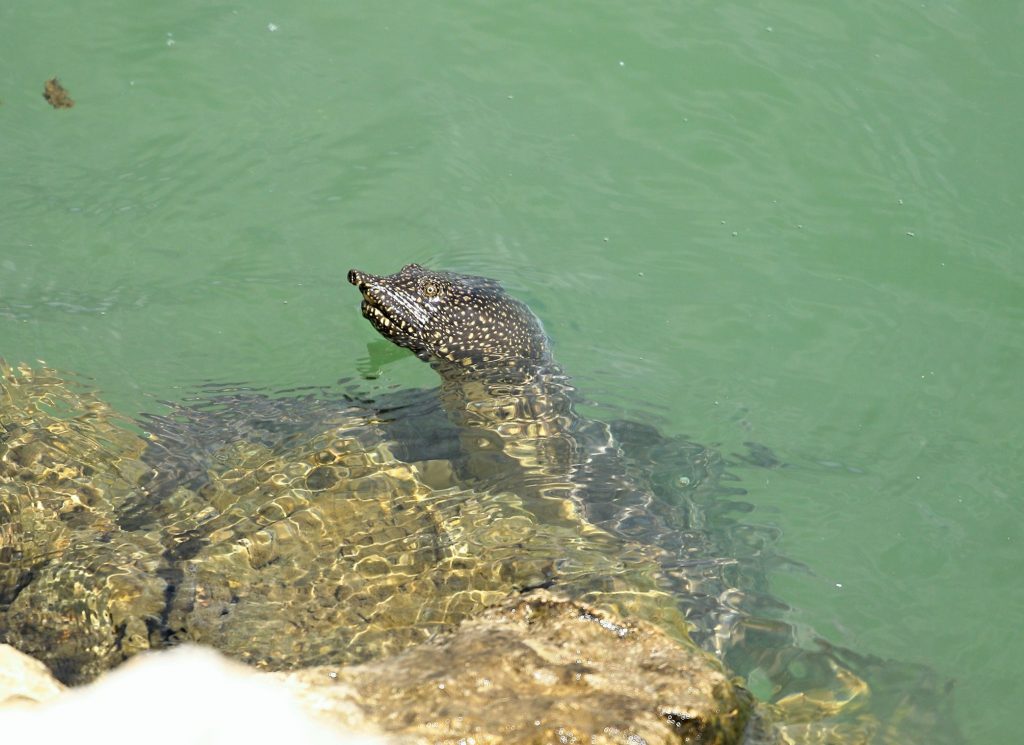
Photo: Vojtěch Víta
One of the sites of another target species – lyciasalamandra fazilae ulfetae was located right next to the sea turtle conservation center, which we visited and bought a few promotional items to support it.
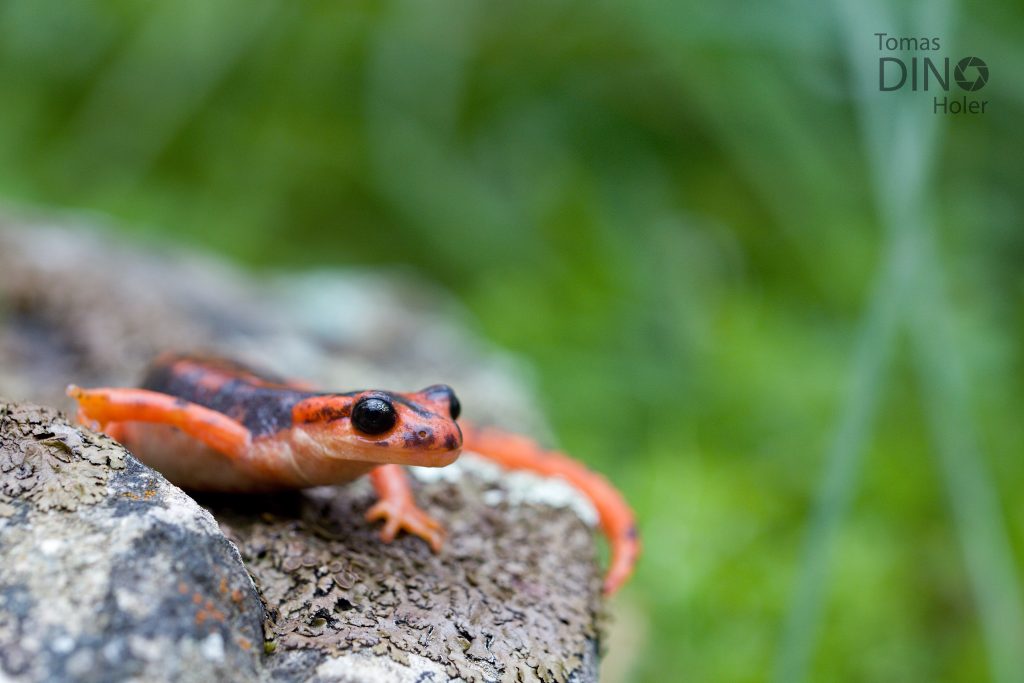
Photo: Tomáš Dino Holer

Photo: Tomáš Dino Holer
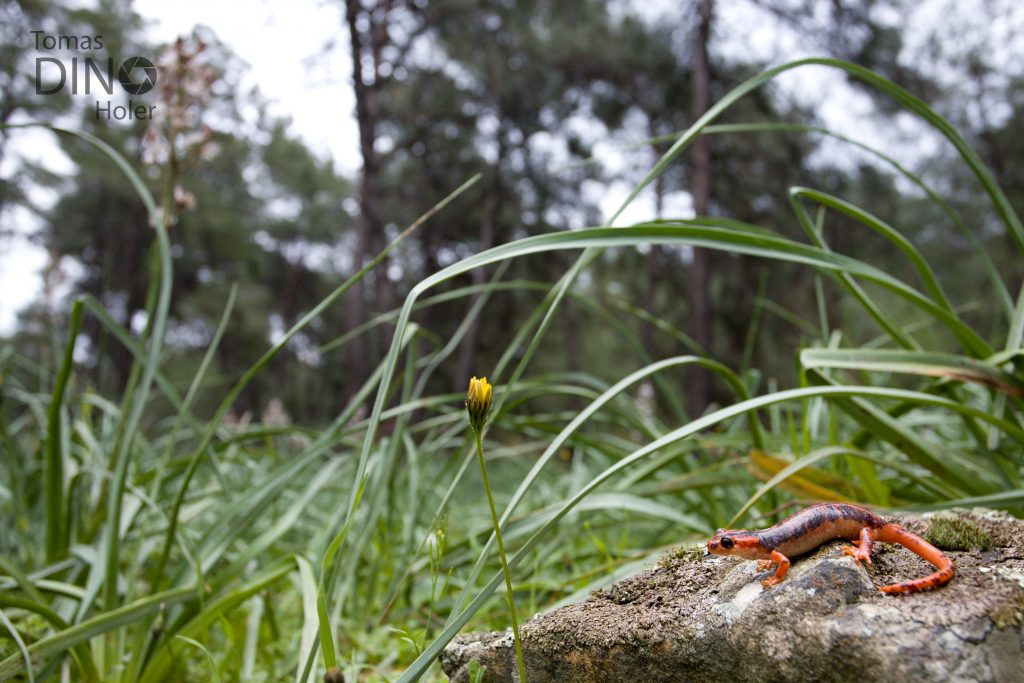
Photo: Tomáš Dino Holer
The next day we went to explore the surroundings of the ancient city of Kaunos. The ancient city of Kaunos, located near the modern city of Dalyan, was founded about 10 centuries BC, however, the preserved architecture comes mostly from the period after the 4th century BC. Kaunos used to be an important port city before the Dalyan Bay was clogged and the beach of Iztuzu (200 BC) was created, making the ancient city 3 km far from the coast. The agamas (Stellagama stellio) were basking in the ruins and blunt sounds of tortoise (Testudo graeca) shells clackings were heard from almost every bush.

Photo: Tomáš Dino Holer
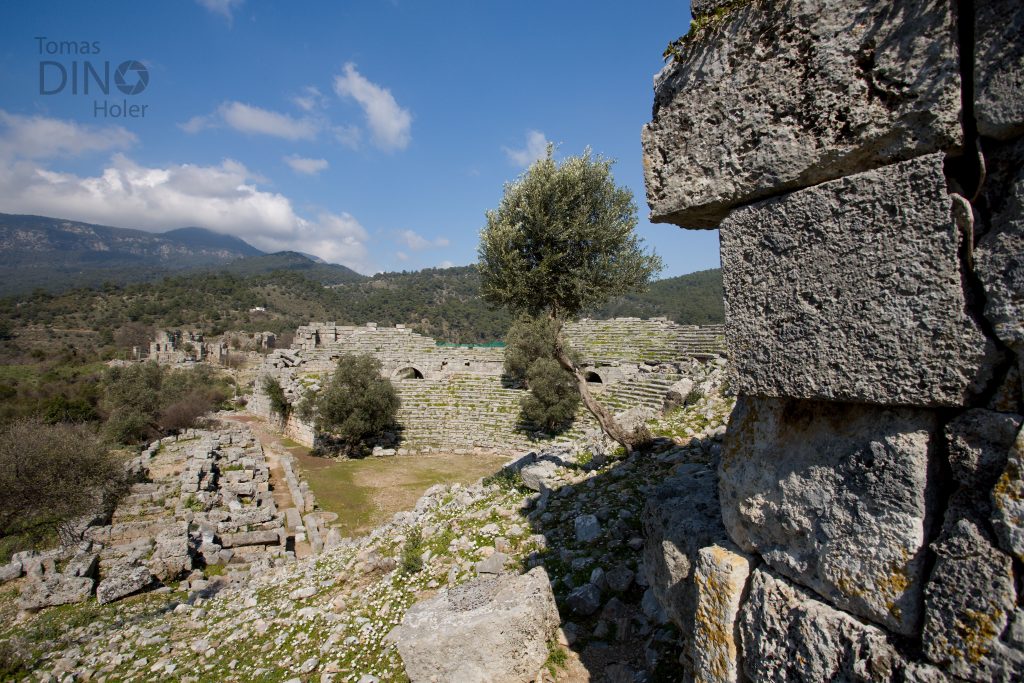
Photo: Tomáš Dino Holer
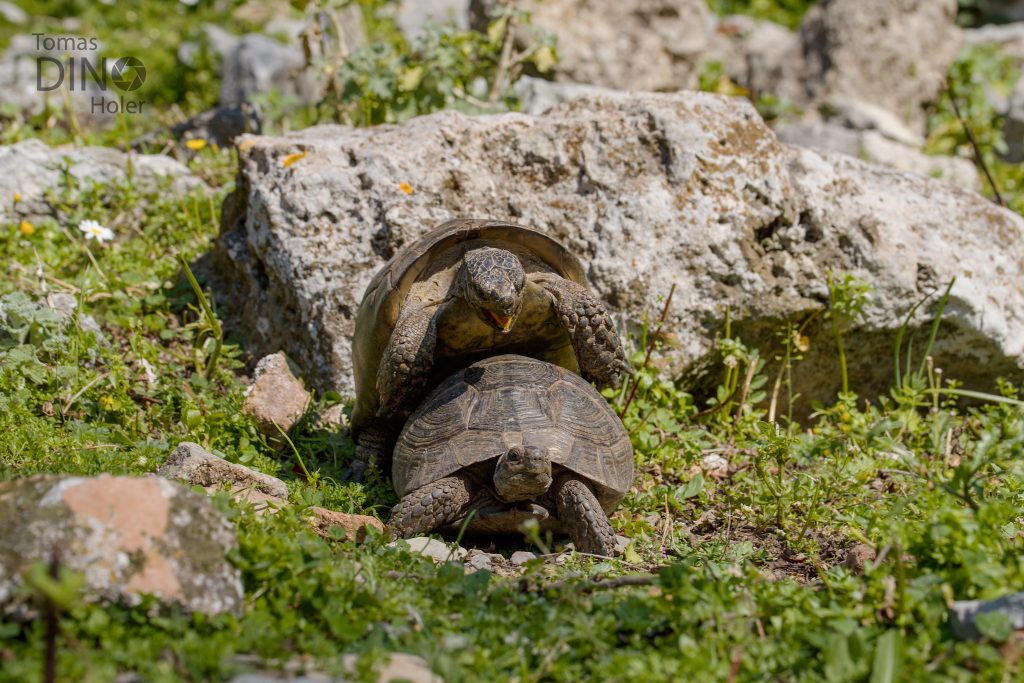
Photo: Tomáš Dino Holer
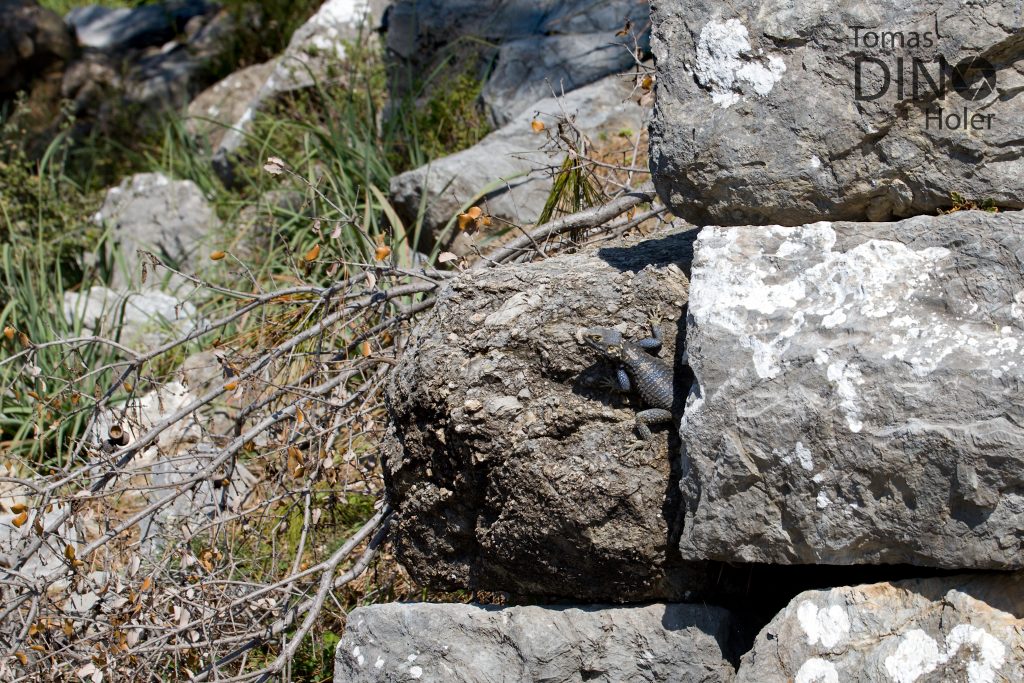
Photo: Tomáš Dino Holer
While walking through the monuments, we came across an injured raptor. We took him to the guards, who called the nearest animal rescue station.
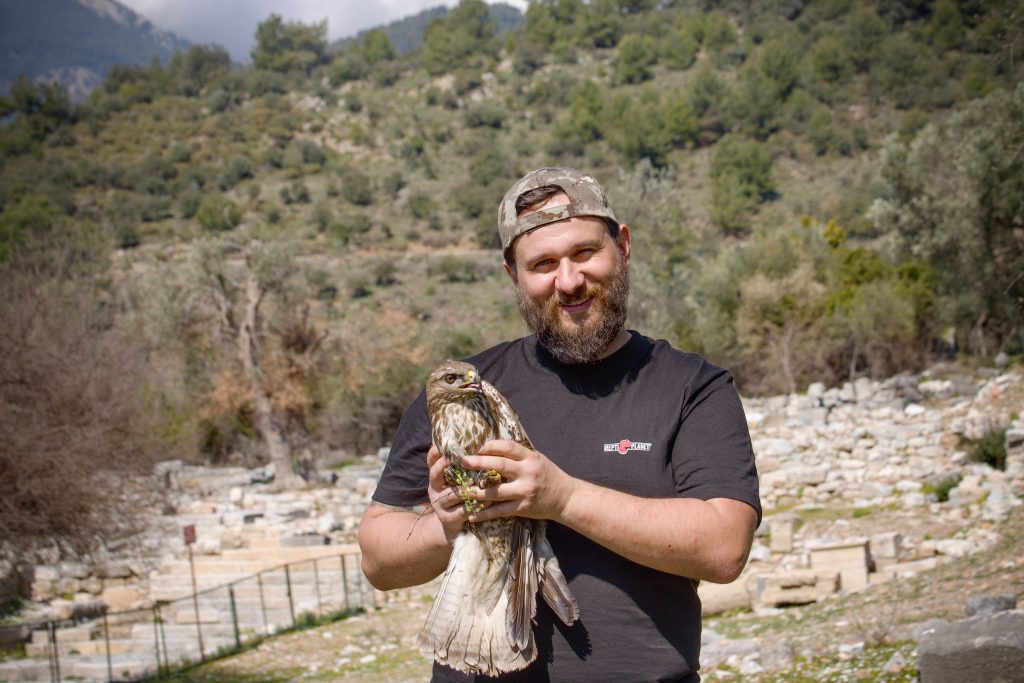
Foto: Tomáš Dino Holer
Today, the ancient baths are occupied by frogs (Pelophylax bedriagae) as well as a few “Iranian” toads, according to a new molecular study described as bufotes sitibundus. We were very surprised and pleased to find, in Turkey an extremely rare, pond turtle (Emys orbicularis).

Photo: Tomáš Dino Holer
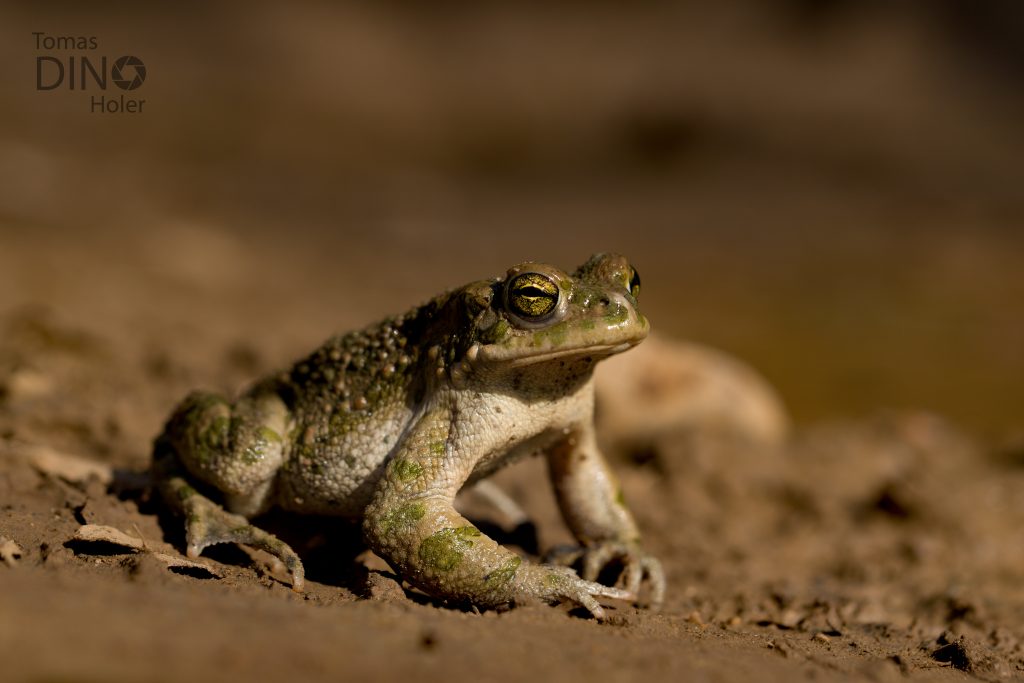
Photo: Tomáš Dino Holer
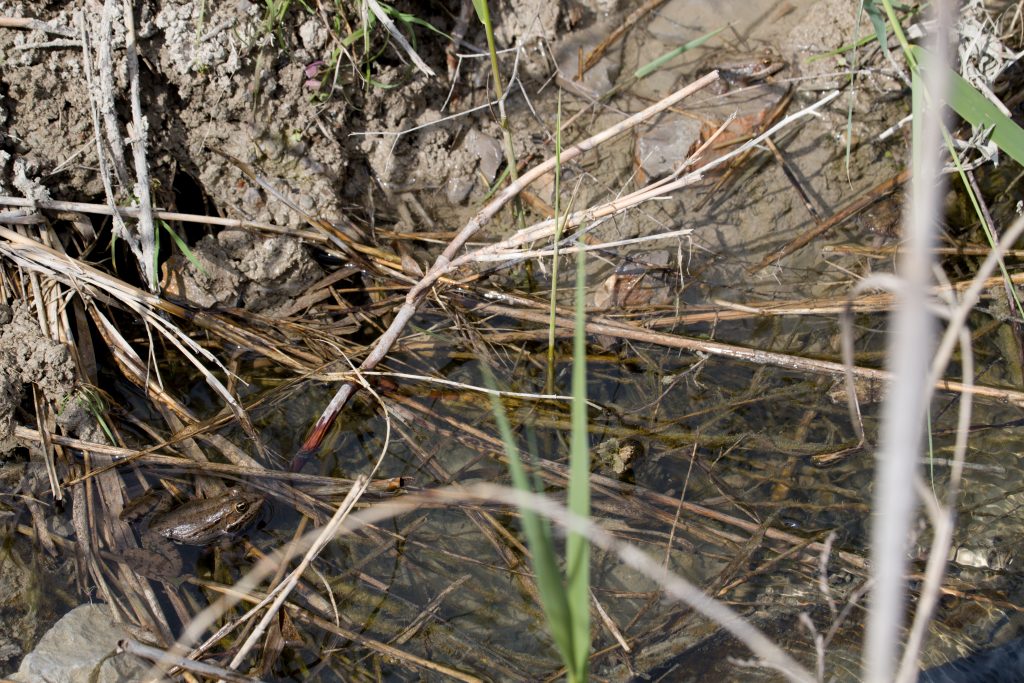
Photo: Tomáš Dino Holer
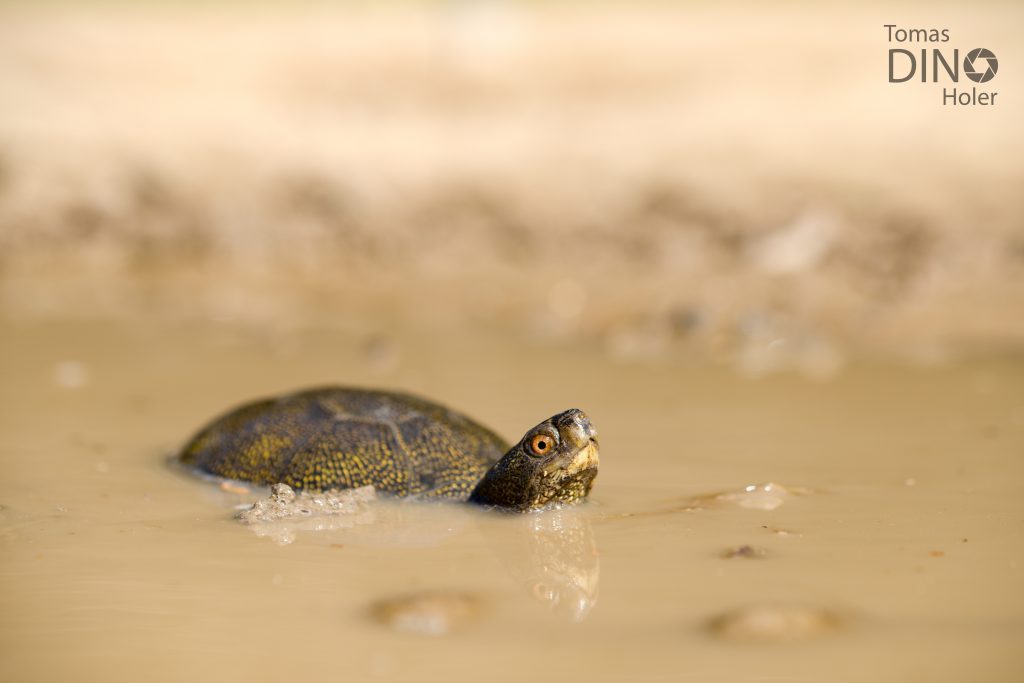
Photo: Tomáš Dino Holer
Soon after finding the turtle, we finally break the missfortune, when Vojta found two snakes in a short time. The first was the beautiful Platyceps najadum and then the Natrix natrix persa.
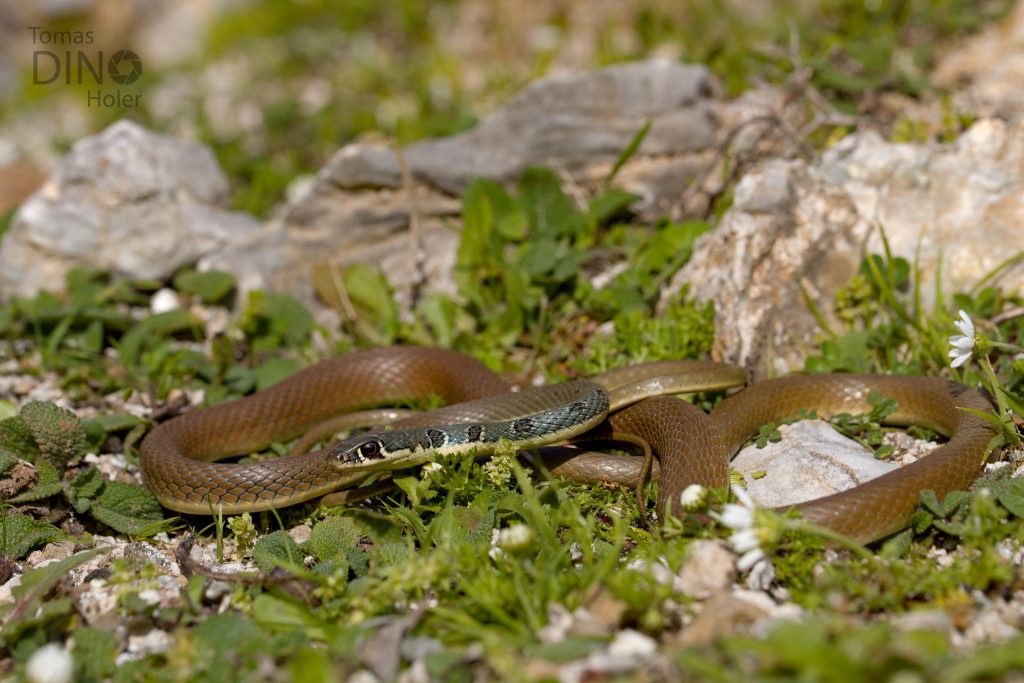
Photo: Tomáš Dino Holer
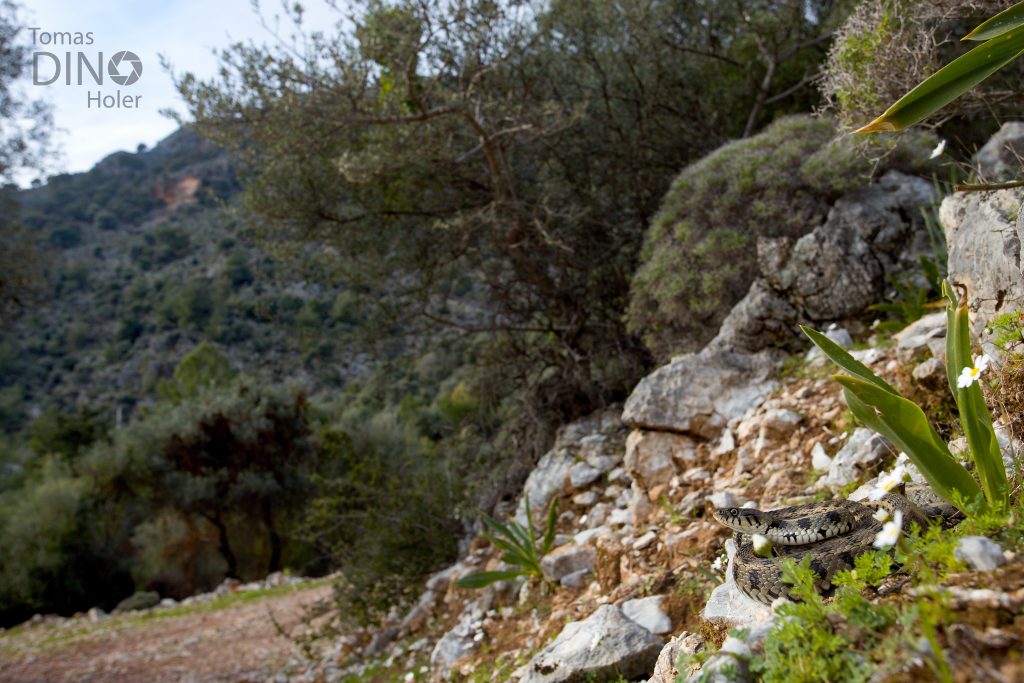
Photo: Tomáš Dino Holer
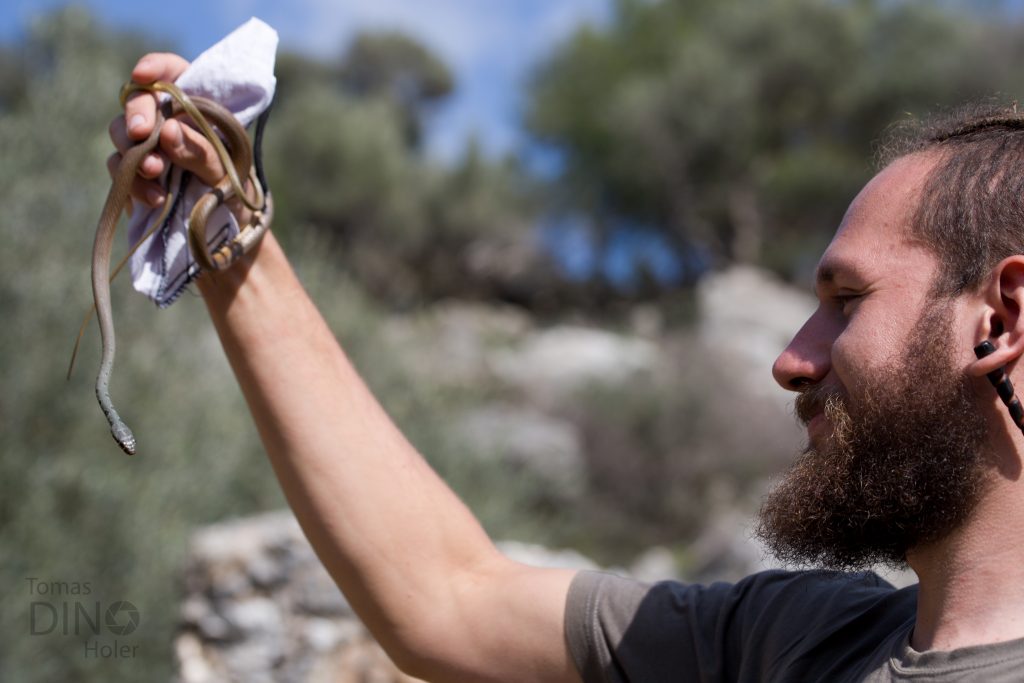
Photo: Tomáš Dino Holer
In the evening, we found a young gecko (Mediodactylus danilewski) at a site nearby and several other salamanders (Lyciasalamandra fazilae ulfetae) in a relatively unexpected place.

Photo: Tomáš Dino Holer
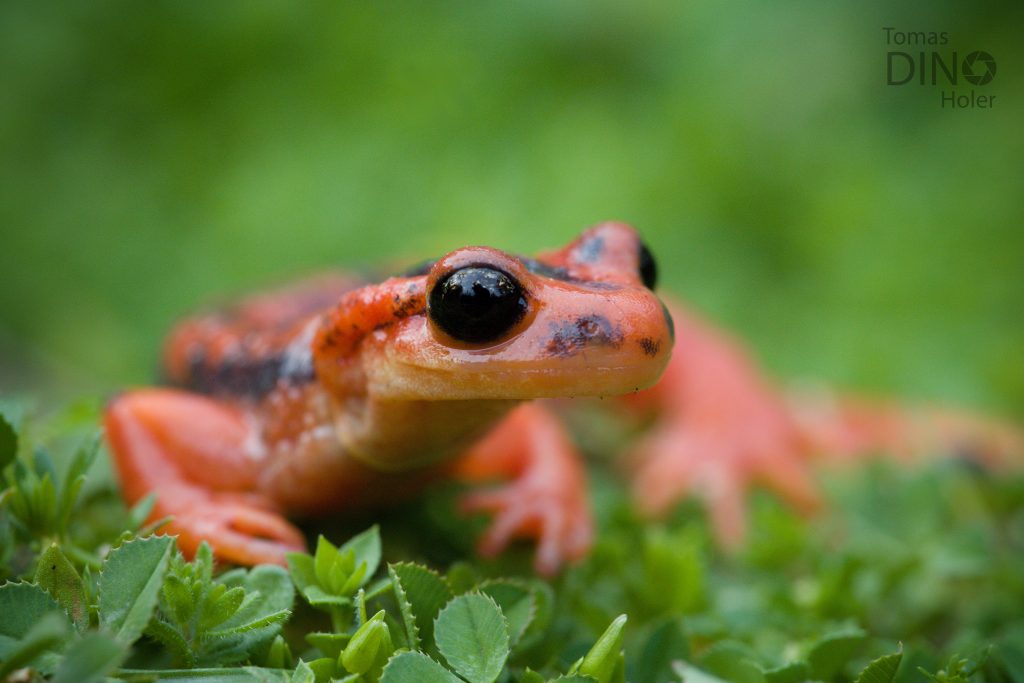
Photo: Tomáš Dino Holer
In the morning, the last westward movement awaited us in order to find the westernmost mainland species of lyciasalamandra – L. flavimembris. When we arrived at the site, an extremely heavy rain started, accompanied by hail. The rain did not stop but we did not give up and in the end found one salamander and took only a few quick pictures in fear of drowning the photo equipment.
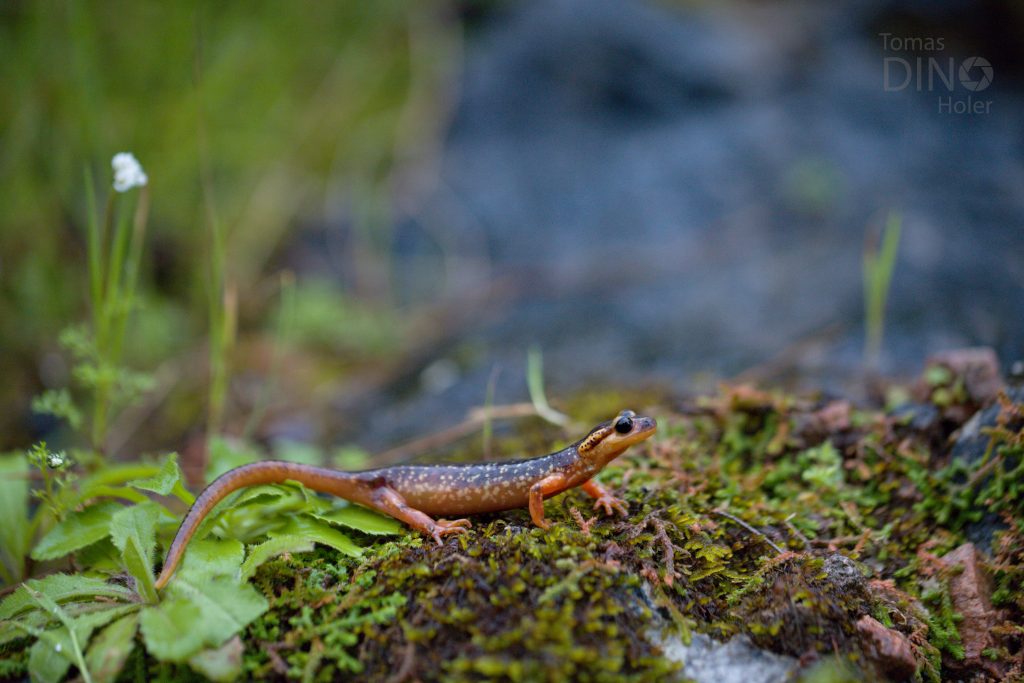
Photo: Tomáš Dino Holer
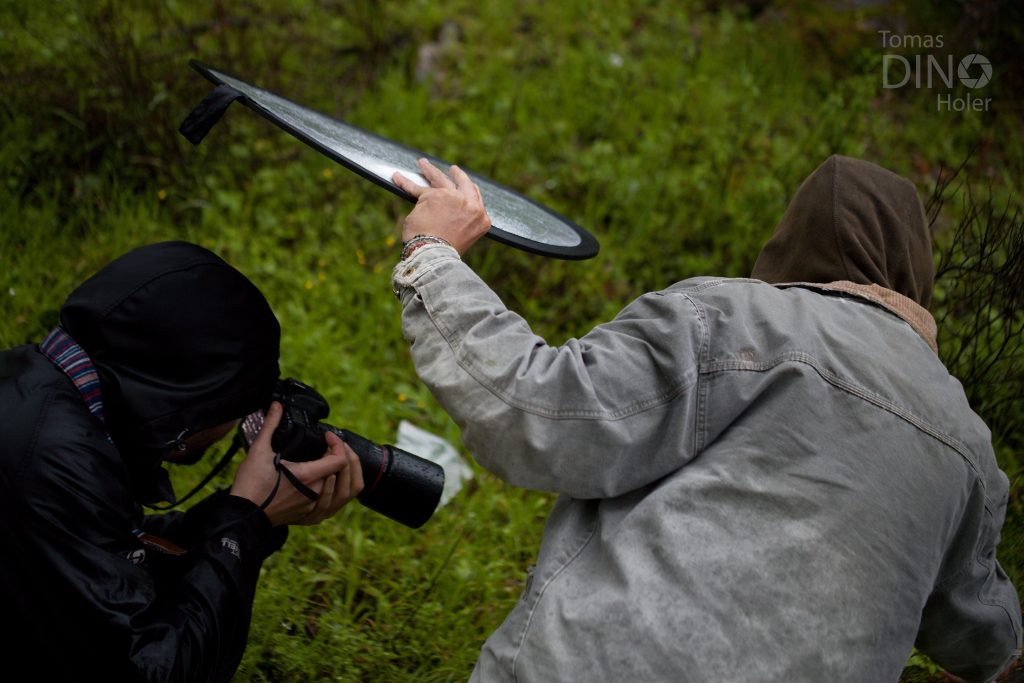
Then we got into the car soaked and in exception of Petr, who was driving, we enjoyed the Caribbean rum. Satisfied, we went back east to Antalya. When we arrived at the hotel, it wasn’t too late, so we thought it wouldn’t be bad to add another notch in the form of the eighth salamander taxon. So we went out to search for one of the most beautifully colored subspecies of Turkish salamander – lyciasalamandra antalyana gocmeni and found a lot of beautiful individuals and also one common toad (Bufo bufo).
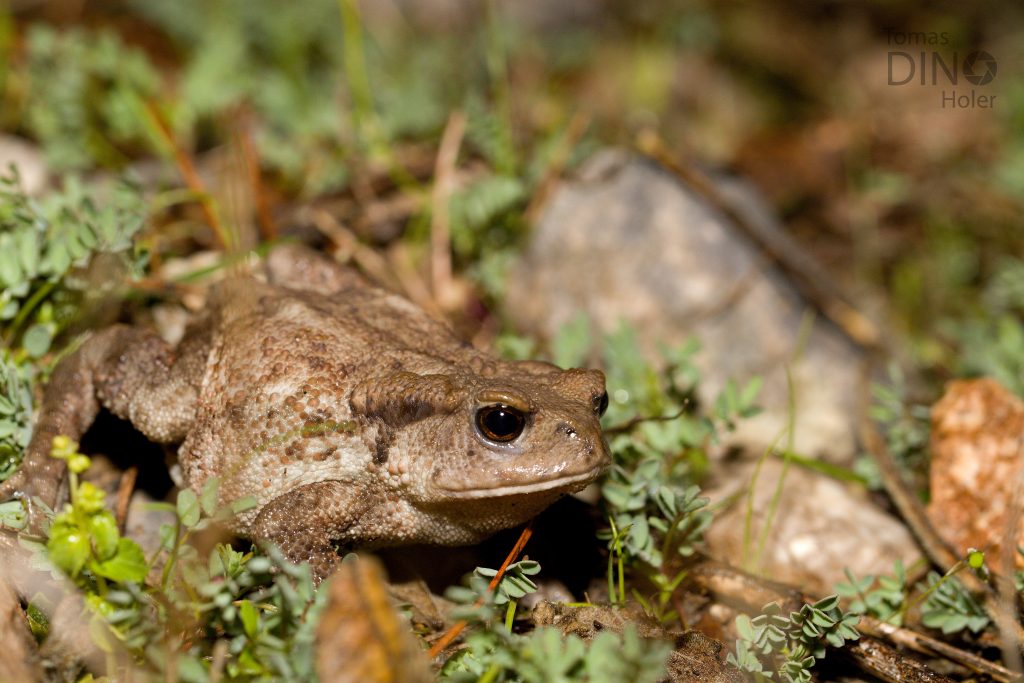
Photo: Tomáš Dino Holer
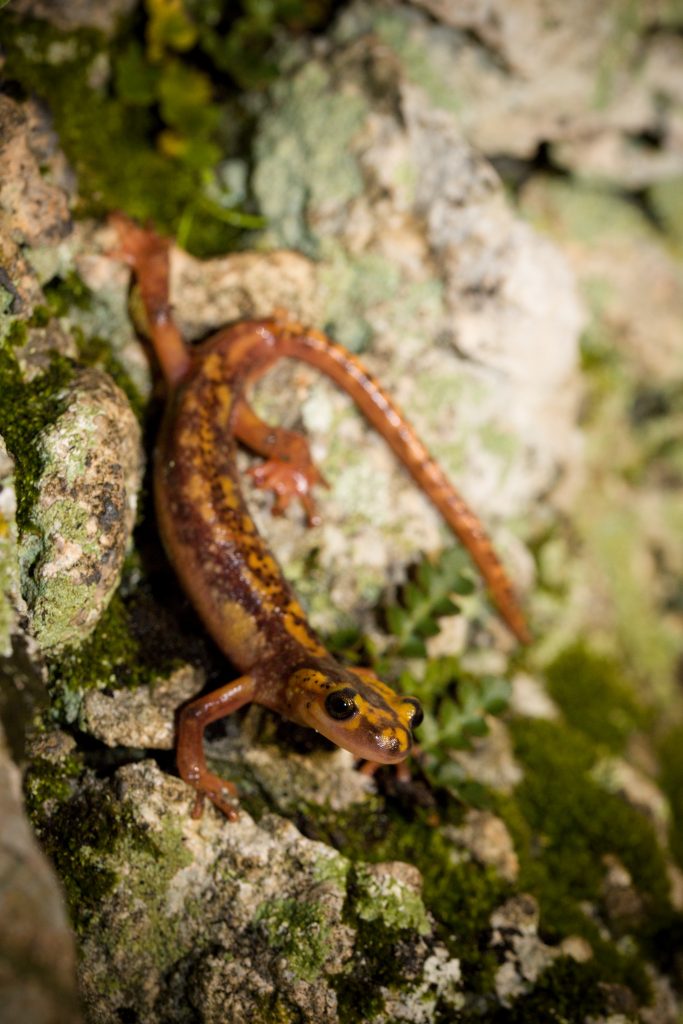
Photo: Tomáš Dino Holer
We said goodbye to Turkey with this species and it was clear to us that we were not here for the last time!
For herpetology.cz,
Tomáš Dino Holer
List of species:
Amphibians (Amphibia) – 12 species, 14 taxa:
Frogs and Toads (Anura) – 6 species:
Pelophylax bedriagae
Pelophylax caralitanus
Pelophylax cerigensis
Hyla orientalis
Bufotes sitibundus
Bufo bufo
Salamanders (Caudata) – 6 species, 8 taxa:
Lyciasalamandra billae billae
Lyciasalamandra antalyana antalyana
Lyciasalamandra antalyana gocmeni
Lyciasalamandra arikani
Lyciasalamandra luschani finikensis
Lyciasalamandra luschani luschani
Lyciasalamandra fazilae ulfetae
Lyciasalamandra flavimembris flavimembris
Reptiles (Reptilia) – 20 species:
Amphisbaenidae
Blanus strauchi strauchi
Blanus strauchi bedriagae
Scincidae
Ablepharus budaki anatolicus
Ablepharus kitaibeli kitaibeli
Heremites auratus auratus
Lacertidae
Anatolacerta cf. oertzeni ibrahimi
Anatololacerta cf. oertzeni finikensis
Anatololacerta budaki budaki
Lacerta diplochondrodes diplochondrodes
Ophisops elegans macrodactylus
Gekkonidae
Mediodactylis danilewski
Hemidactylus turcicus
Agamidae
Stellagama stellio daani
Geoemydidae
Mauremys rivulata
Emydidae
Emys orbicularis orbicularis
Pseudemys sp.
Trionychidae
Trionyx triungulis
Testudinae
Testudo graeca cf. ibera
Colubridae
Dolichophis jugularis jugularis
Natrix natrix persa
Platyceps najadum najadum
